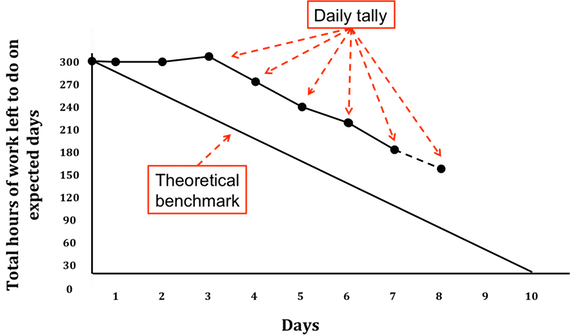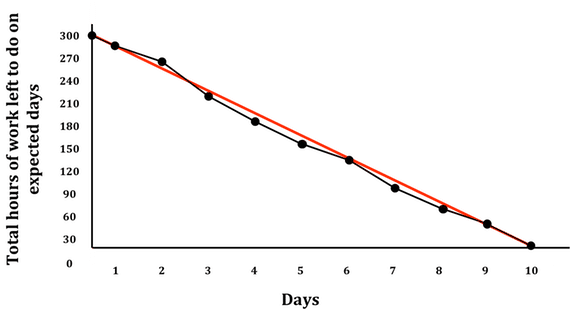AXISAGILE EVENT TERMS AND CONDITIONS
These Event Terms and Conditions govern your purchase of tickets for, and attendance at events held by AxisAgile. By completing your registration to attend our event, you agree to be bound by these Terms, along with AxisAgile’s Privacy Policy and General Terms and Conditions, available on our website. Where you are registering on behalf of an attendee, you warrant that you have authority to do so, and that they are also aware of and agree to be bound by these terms.
Event Booking and Ticket Purchase
AxisAgile’s upcoming public courses and ticket prices are available on our website, www.axisagile.com.au. AxisAgile also schedules private courses and services, and these terms, where applicable, also apply to those bookings.
Discounts on the advertised ticketed price may be available from time to time for AxisAgile Alumni, for corporations with an established relationship with AxisAgile, for group bookings or other special circumstances. Please do not hesitate to contact us at support@axisagile.com.au for further information.
Tickets for our public courses may be purchased online or by contacting us at support@axisagile.com.au
Your booking is confirmed when:
- You complete your ticket purchase online or provide us with authority via phone or email to complete your ticket purchase and/or other services on your behalf; and
- You receive an email from AxisAgile confirming your booking.
Your confirmation email will include a booking reference, and will have attached a receipt showing payment, or invoice payable.
AxisAgile maintains a confirmed list of attendees for each event and your email confirmation is your proof of purchase.
Payment
AxisAgile is based in Australia and all transactions are billed in Australian dollars.
All credit card payments, both online and via phone are made through a secure, SSL-certified gateway.
Payment is generally required at the time of booking. Where an invoice is issued, payment is due as per the terms of the invoice and, to avoid doubt, AxisAgile’s Event Terms, including our cancellation policy applies to the invoiced booking. Payment of the invoice must be received in full prior to attendance at the event, unless a prior arrangement has been made with AxisAgile.
Third party bookings
All bookings made are subject to AxisAgile’s Event Terms, including any bookings made via third party operators. Bookings made via third party operators may be subject to additional terms and conditions imposed by the relevant third party operator.
Attendee Cancellation
AxisAgile recognises that circumstances may change and you may be unable to attend your scheduled training. In such a case, the following options are available to you:
Replacement – You can send one of your colleagues in your place at no additional cost, provided that you inform us at least 48 hours before the start of the course (this allows us time to make the necessary administrative adjustments).
Reschedule – You can reschedule for a training date change. This must be done 10 working days prior to the original course start date. A re-booking fee applies unless otherwise agreed by us.
Refund – A full refund up to 20 business days from the booked course date can be requested. If your notice period is less than 20 days, there is no refund – depending on the course start date, you may still be eligible to reschedule or find a replacement attendee.
Private Group Training Cancellation and Reschedule
Private courses and other services are provided by AxisAgile exclusively to and for the organisation purchasing the training. Because of the custom nature of this training, the following cancelation terms apply to private course and services bookings.
For cancelations made 20 business days (or more) prior to the course or service date a full refund will be given.
Cancellation between 10 and 20 working days prior to the course or service date – a fee equal to 50% of the total invoiced cost will be incurred.
For cancelations less than 10 working days prior to the course or service date a fee of 100% of the total invoiced cost will be incurred.
Alternatively, private courses and services may be rescheduled, and the following transfer fees may apply:
If a request to reschedule is made with 20 business days (or more) notice prior to the course or service date – no transfer fee will apply;
If a request to reschedule is made with at least 10 working days notice prior to the course or service date, a 10% (of the invoice) transfer fee will apply;
If a request to reschedule is made less than 10 working days notice prior to the course or service date, a 25% (of the invoice) transfer fee will apply.
AxisAgile Rights
Whilst AxisAgile makes every effort to run all advertised events, we reserve the right to:
- cancel or postpone an event in the unlikely event that there are insufficient attendees registered or the event is otherwise not viable;
- change operational aspects of the scheduled event, including venue, location, timing and any other aspect of the event.
If the event is cancelled or postponed by AxisAgile for reasons within its reasonable control, attendees have the option to either receive a full refund or transfer their registration to a course on another future date.
If an event is cancelled or postponed for reasons outside of its reasonable control, AxisAgile will reschedule their attendance to a mutually agreed future date.
If AxisAgile cancels, postpones or varies an event, AxisAgile will not be liable to you for any damages, costs, losses or expenses of any kind incurred or suffered by you as a result of that cancelation, postponement or variation.
AxisAgile will use all reasonable endeavours to notify attendees of a cancelation or variation via email, and by phone where an attendee’s contact details are provided. Whilst we will try our best to get in contact, we do not guarantee that all attendees will be informed of a cancelation or variation before the date of the event.
Force Majeure
Under no circumstances will AxisAgile be held liable for any delay or failure in performance resulting directly or indirectly from acts of nature, forces or causes beyond its reasonable control including without limitation, fires, floods, storms, explosion, earthquakes, pandemics or other acts of God or war.
Administration Fees
AxisAgile reserves the right to charge an additional administrative fee where registrations change significantly from the original booking.
Conduct
We take the health and well being of our attendees and staff very seriously and we expect all attendees to behave in a professional and appropriate manner at all times during our events.
In the very unlikely event that you are deemed by AxisAgile staff, or venue staff, to attend any of our events in an unacceptable state, or behave in an unacceptable manner during the event, AxisAgile reserves the right to refuse you entry or require you to leave, both for your own safety and the health and safety of others. Should this occur, you are not entitled to any refund and will not be entitled to attend a future training session with AxisAgile.
Limitation of Liability
To the extent permitted by law, AxisAgile excludes all conditions and warranties relating to your purchase of tickets for and attendance at our events. Where our liability cannot be excluded, such as in relation to Consumer Guarantees under the Australian Consumer Law and other relevant legislation, our liability for breach is limited to the face value of the ticket purchased by you, plus any relevant booking fees.
Amendment
We reserve the right to amend these terms at any time, and will provide the most recent version on our website.







Leave a Reply